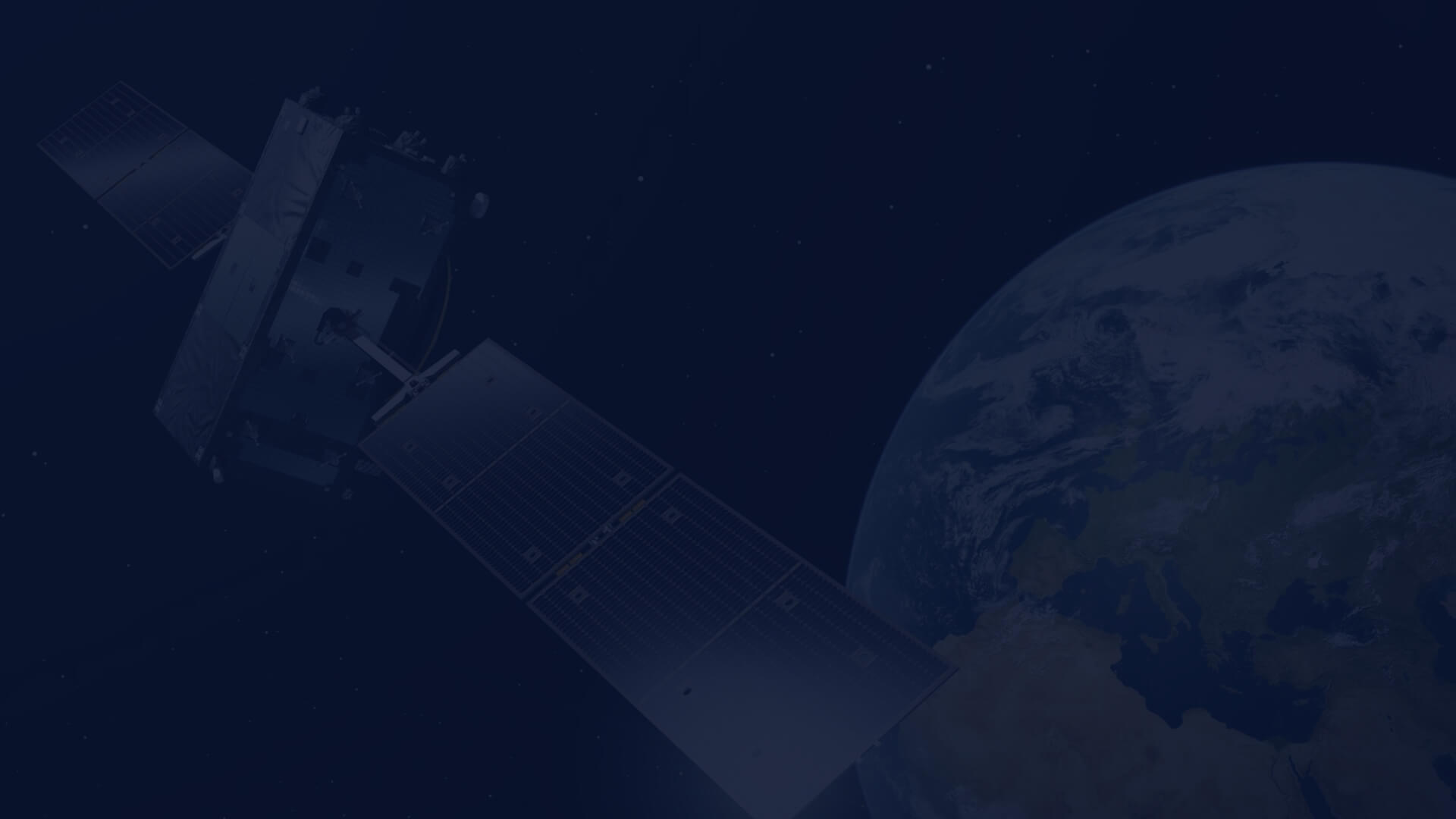
GRUS-1
The GRUS constellation is designed to provide frequent revisits to any point on the Earth's surface, with a target of a daily revisit frequency. This makes it an ideal tool for monitoring changes on the Earth's surface, such as crop growth, deforestation, and urbanization, as well as for disaster response and management.
Dataset details
Specification of GRUS constellation:
- Satellite size and weight: Each GRUS satellite measures 50 cm x 50 cm x 70 cm and weighs about 100 kg.
- Orbit: The GRUS satellites are placed in a sun-synchronous orbit at an altitude of around 500 km.
- 5 spectral bands, including Blue, Green, Red, Red-edge, and Near-infrared.
- Imaging capabilities: The satellites are equipped with high-resolution optical cameras that can capture images with a resolution of up to 2.5 meters. The cameras are capable of capturing multispectral images in the visible and near-infrared ranges.
- Revisit time: The constellation is designed to provide frequent revisits to any point on the Earth's surface, with a target of a daily revisit frequency.
- Mission lifetime: The expected mission lifetime for each satellite is about 5 years.
| Satellite | Product Type | Spatial resolution | Revisit cycle | Spectral band |
|---|---|---|---|---|
| GRUS-1 (B,C,D,E) | Optical | Panchromatic: 2.5 m | 1 day | Panchromatic: 450 - 900nm Blue: 450 - 505nm Green: 515 – 585nm Red: 620 – 685nm Red Edge: 705 - 745nm Near-infrared: 770 – 900nm |
| Multi-spectral: 5.0 m |

